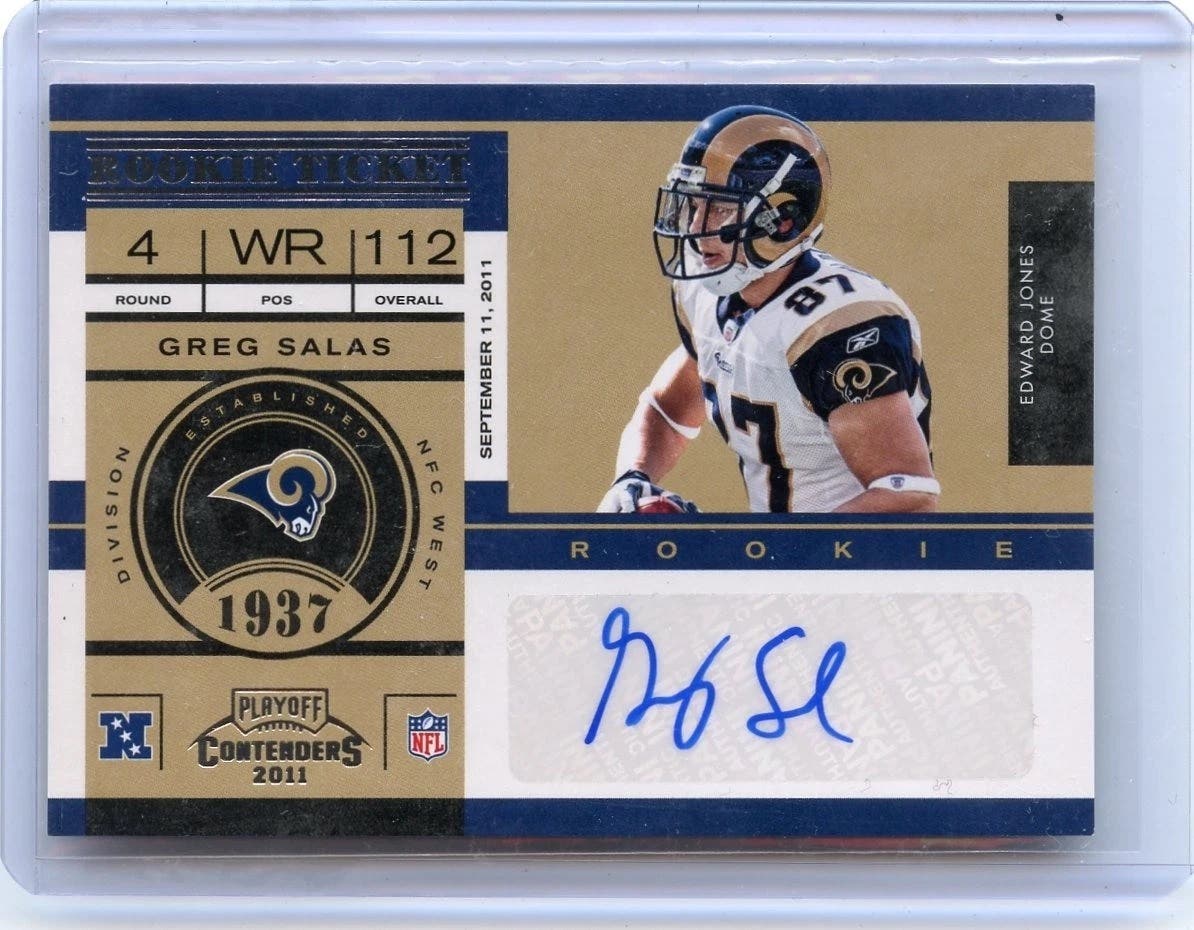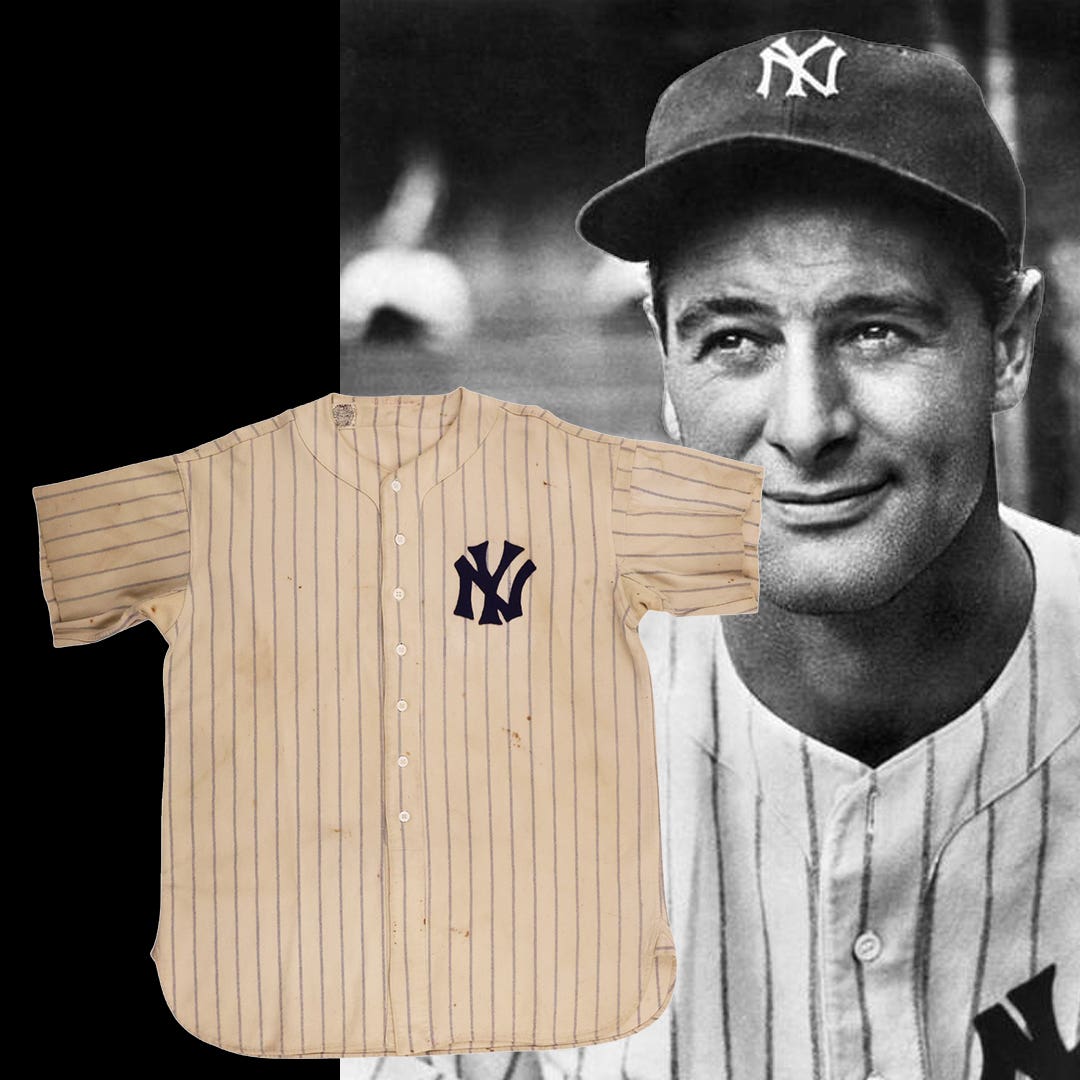Collecting 101
HOF Broadcasters, Scribes Getting Fair Share of Autograph Requests
By Kevin Glew
Bob Elliott couldn’t believe what happened to him after he was named the National Baseball Hall of Fame’s J.G. Taylor Spink Award winner in 2012 for his contributions to baseball writing.
On top of receiving dozens of congratulatory messages and being invited to speak at an increasing number of banquets, he started getting asked for his autograph.
“Why on earth would anyone want my autograph?” Elliott thought at the time.
There’s a two-part answer to that question. Over the past four decades, Elliott’s reporting skills have made him Canada’s top baseball writer, and he has developed a devoted readership at the Toronto Sun. Secondly, there’s a growing group of hobbyists who are now complementing their Hall of Fame collections by pursuing autographs of the Hall’s J.G. Taylor Spink and Ford C. Frick Award winners. These honors are allocated annually for excellence in baseball writing and broadcasting, respectively.
“I think it (collecting autographs of Spink and Frick winners) has grown in popularity,” said Kevin Keating, owner of Quality Autographs, which specializes in rare sports signatures. “My experience is that there seems to be more people trying to collect the announcers than the sportswriters.”
Established in 1978, the Ford C. Frick Award has been handed out to 36 broadcasters since its inception, including Tom Cheek in 2013.
Collectors pursue autographs of these broadcasters not only to add to their Hall of Fame collections, but because they appreciate the skills of these iconic micmen.
“Baseball broadcasters are crucial to the fan experience, especially if you have a longtime guy with a specific team. You develop a relationship with these guys when you listen to their broadcasts,” explained Trey Wilson, who when he’s not collecting autographs (http://treywilsonsports.blogspot.ca/2012/10/recent-autographs.html) is the voice of the Short-Season Rookie Ball Bluefield Blue Jays.
Mark McKinley, webmaster of Mark’s Signing Bonus (www.angelfire.com/mb/markssigningbonus) has autographs of 12 Frick winners.
“The award winners are people that have committed a great deal of their lives to the game and through their experiences and knowledge; they heighten the baseball experience for fans like myself,” McKinley said.
Josh Ferguson, who initiated the single-signed ball set for Ford C. Frick Award winners on the PSA Set Registry, collects for similar reasons.
“I’m a fan of broadcasters,” he said. “I grew up watching and listening to Jerry Coleman of the Padres.”
Unfortunately, while there’s a growing number of hobbyists like Ferguson who covet signatures of Frick winners, many of the honored broadcasters are now deceased, and they were rarely asked for their autographs when they were alive.
“When you find announcer autographs, they’re typically on a scorecard or an album page or something like that,” Keating said.
Keating believes autographs of revered Giants announcer Russ Hodges’ would command the most of any Frick winner. Hodges is best known for his “The Giants win the pennant! The Giants win the pennant!” call of Bobby Thomson’s home run on Oct. 3, 1951.
“I won’t say that Hodges’ autographs are rare, but they’re certainly not common,” Keating added. “He died in 1971, but there were a lot of Giants collectors, and he was certainly a celebrity of sorts in his lifetime, so he did sign autographs.”
Keating is selling a Hodges signed ball for $3,500.
“You’re going to be hard-pressed to sell any of the other award winners on a single-signed ball for more than you would get for a Russ Hodges ball,” said Keating. “There may or may not be a signed Arch McDonald ball out there, and there may be a few Russ Hodges signed balls, but that doesn’t mean you can get more for an Arch McDonald ball because Hodges is so famous for that one call.”
McDonald was the primary voice of the Washington Senators from 1934-56. The long-standing play-by-play man, who won the Frick Award in 1999, died of a heart attack in 1960, making him the earliest Frick winner to die.
Ferguson hasn’t been able to track down a ball signed by 1990 Frick winner By Saam. Saam called games in Philadelphia for the A’s and Phillies for close to four decades before retiring in 1975. He lived until 2000, but he signed few autographs. A single-signed, JSA authenticated Saam ball sold for $405 on eBay on May 4.
Autographs of Buck Canel, who broadcast Yankees and Mets games in Spanish in the ’70s, are also elusive.
“Mordecai Brown died in 1948, and you can find more Mordecai Brown autographs than you can find Buck Canel autographs,” Keating said. “Buck Canel died in 1980, and he lived to be 74, but people just weren’t getting autographs of announcers like him.”
The list of Frick winners also includes broadcasting giants Mel Allen, Red Barber and Vin Scully.
“If you’re of a certain age, I would have to place Mel Allen and Red Barber at the top of the list,” said McKinley, when asked what the “Holy Grail” Frick winner autographs were.
“I wish that I had been smarter when I first began the hobby and had added them to my collection. That’s my loss.”
Wilson says autographs of Brewers broadcaster Bob Uecker, who won the Frick award in 2003, are also desirable.
“He’s pretty much set the standard of being an entertainer, as well as painting a picture of what you see on the ball field,” Wilson said.
Keating says balls signed by the more recent Frick winners who are still living would likely garner $50-$150.
And collecting autographs of these broadcasters has become popular enough that Panini included 12 Frick winners in its 2012 Cooperstown Signatures set. These celebrated micmen signed varying quantities of cards (ranging from 50-500) and in most cases, this was their first certified autograph card.
“When Vin Scully accepted our invitation to be a part of the program, we knew we were on to something good,” said Mike Payne, product brand manager at Panini America Inc.
Payne says the broadcasters were honored to sign the cards.
“Some were surprised at the offer, figuring their contributions weren’t significant enough for a trading card,” said Payne. “But when we explained how much we valued their work and contributions to baseball, each and every one was eager to participate. And all were honored to be associated with such a classy organization as the Hall of Fame. I remember Denny Matthews saying he was humbled to be asked to be a part of the set because it put him in such great company.”
One of the signed Scully cards fetched $356 on eBay on May 20.
“We were really fortunate Vin agreed to sign 100 cards,” said Payne. “It’s just enough to be obtainable, and just scarce enough to hold value.”
The 2012 Cooperstown Signatures set also showcases certified autograph cards of two J.G. Taylor Spink Award winners: Murray Chass (2003) and Peter Gammons (2004).
Introduced in 1962, the Spink Award was named in honor of the longtime publisher of The Sporting News, who died that year and was the first recipient. In some years, there were multiple winners, so there have been 65 recipients (Paul Hagen is the latest recipient).
“Some of the autographs of the Spink winners are virtually impossible to find,” Keating said. “Despite the fact that a lot of these guys are writers, it doesn’t mean that a lot of their autographs survived or that people even collected their autographs. And also when you talk about the Spink winners, the Spink Award has been in place since 1962 and there have been baseball writers receiving the award that go back to the 19th century. So a lot of the winners have been dead for many decades.”
Ferguson says acquiring balls signed by these scribes has been challenging.
“My progress has been slow just because those guys don’t really sign as much – at least back in the day they didn’t,” said Ferguson.
Surprisingly, J.G. Taylor Spink’s autograph isn’t the Holy Grail of baseball writers’ signatures.
“There are more Spink autographs out there than some of the other writers on the list,” Keating said. “I have a Hugh Fullerton, and I’ve got $1,500 on him.”
Fullerton, the 1964 Spink winner, was one of the founders of the Baseball Writers’ Association of America (BBWAA) and is most renowned for reporting on the 1919 Black Sox scandal. He died in 1945, and Keating says his autographs are very rare.
Autographs of 1963 Spink winner Ring Lardner, who also penned short stories and plays, are also in high demand. Lardner died in 1933.
“Lardner commands a lot of money,” said Keating. “He’s available because for whatever reason, people held onto his correspondence. You’ll find him on letters here and there or on an album page.”
Items signed by Damon Runyon (1967 Frick winner) are also sought-after because his writing was popular outside the diamond.
“Damon Runyon was very famous,” said Keating, who’s selling a government postcard signed by Runyon for $850. “He wrote Guys and Dolls, which was enormously popular on Broadway.”
Keating says assembling a collection of Spink winners is more challenging than completing a run of the Frick recipients.
“Good luck finding a lot of the guys on this writers’ list, but honestly to me, that’s part of the fun,” Keating said. “You put together what you can and if you look really hard, you might find one now and then. And when you do, that’s part of the joy of collecting.”
A special thanks to Mark McKinley, webmaster of Mark’s Signing Bonus (www.angelfire.com/mb/markssigningbonus/), Josh Ferguson and Panini America Inc. for providing pictures to go with this article.
Kevin Glew is a freelance contributor to SCD. He can be reached at kevin.glew@sympatico.ca.








